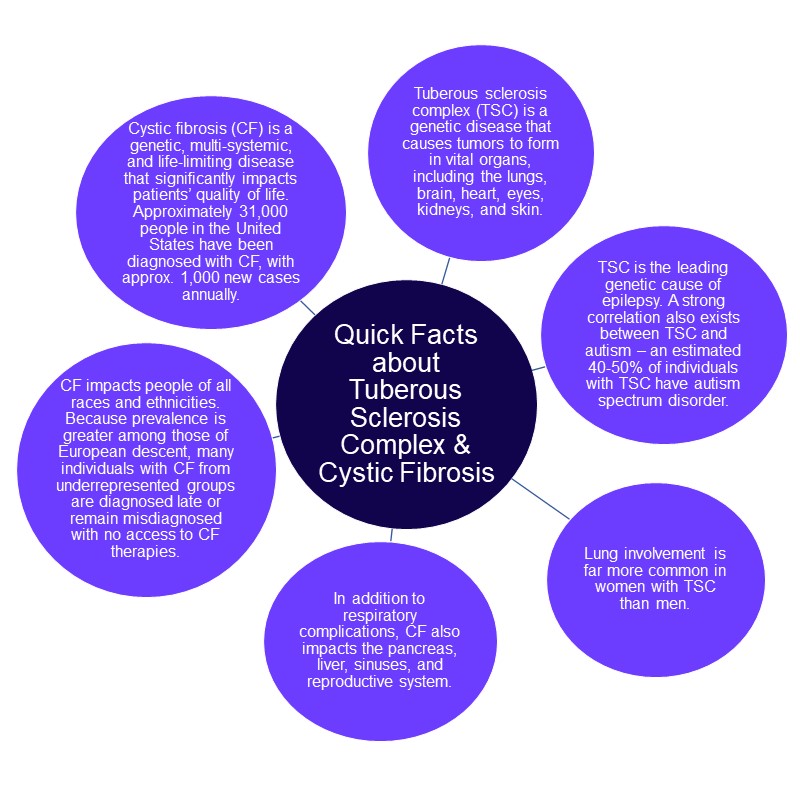
A caregiver is often a family member or helper who cares for a child or an adult. Caregiving is a common social role, as it is estimated that 65.7 million individuals in the United States serve as unpaid family caregivers. Of these, 43.5 million (66%) provide care for an adult older than 50 years of age. With an increased number of individuals living with chronic diseases like cystic fibrosis and tuberous sclerosis, the prevalence of caregiver burden is increasing. Many caregivers experience a sense of satisfaction, reward, and uplifting with this role. However, being a caregiver can generate distress as it can trigger emotional, physical, social, and financial burdens as well. A survey found that based on the time spent providing care and the patient’s degree of dependency, 32% of caregivers have a high caregiver burden. Caregiver burden definition is: “The extent to which caregivers perceive that caregiving has had an adverse effect on their emotional, social, financial, physical, and spiritual functioning.” Therefore, caregiving could elicit a multidimensional toll on care providers and every caregiving experience is unique.
Commonly, patients and caregivers establish informal caregiving networks which are often composed of family members, friends, and/or religious/social support groups. It is important to note that the social support received at a given moment, mediates the relationship between the caregiver's resilience, which is the caregiver’s ability to adapt to the circumstances, and the caregiver’s burden which is the distressing feelings and draining sensations.

Personal networks or social support groups, however, can change over time with the loss or addition of new contacts, inability to maintain a consistent social life, or a change in social contexts (e.g., residential moves and death). These changes could be upsetting, as the social support network is often the buffer that attenuates the stress experienced by the resilient caregiver. Therefore, research is critical to identify caregiver burden and test specific interventions to support them and their caregiving network. Fortunately, studies have helped to establish a standard definition of caregiver burden which will help health care professionals to recognize its signs and symptoms.
It is our responsibility as health care professionals to assess each patients’ situation to determine how best to assist them and their caregivers in accessing appropriate information and available resources. The patients’ caregivers should be considered part of the unit of care rather than part of the patient's care team. The caregivers should be evaluated together with the patient, as the assessment and timely referral to resources that provide assistance and support, will have a positive impact on the patient’s care as well.
We need to concentrate efforts to educate all clinicians to assess caregiver needs and refer to appropriate available resources, such as, social services, family-centered support groups, and specialized organizations. Hence, even if it rains out there having these resources available will provide an umbrella to caregivers to help them weather the storm.References:
- Adelman, RD. et al. JAMA, 2014
- Alam, S. et al. J Clin Oncol, 2020
- Hyden, KF. et al. Chronic Obstr Pulm Dis, 2020
- Bastawrous, M. et al. Int J Nurs Stud, 2013
- Sorrell, JM. et al. J Psychosoc Nurs Ment Health Serv, 2007
- Ong, HL. et al. BMC Psychiatry, 2018




